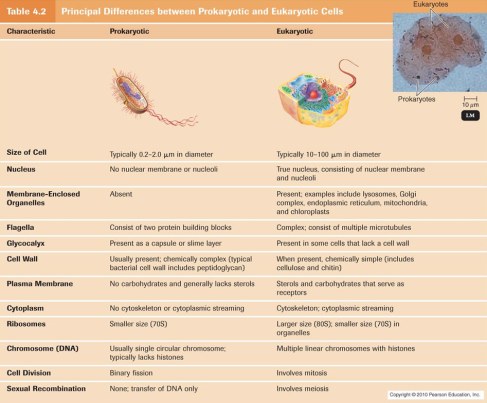For the last part of this blog, I will investigate long distance cell to cell communication between myself, a muscle cell and 2 other interrelated cells within myself. Long distance signaling are cellular signals which are carried over long distances in the body called endocrine signaling. Endocrine signals employ hormones which are produced by endocrine cells. They travel through the blood to reach all parts of the body. Most hormones initiate a cellular response by initially combining with either a specific intracellular or cell membrane associated receptor protein. Specificity of signaling can be controlled if only some cells can respond to a particular hormone. A cell may have several different receptors that recognize the same hormone and activate different signal transduction pathways, or a cell may have several different receptors that recognize different hormones and activate the same biochemical pathway. For many hormones, including most protein hormones, the receptor is membrane-associated and embedded in the plasma membrane at the surface of the cell.
My 1st hit is with the cell of the hypothalamus. When an organism is threatened physically or emotionally, the hypothalamus readies the body to “fight” or “take flight” by sending impulses to the adrenal medulla. In response, the medulla secretes norepinephrine (in small amounts) and epinephrine (in larger amounts). Norepinephrine causes blood vessels in the skin and skeletal muscles to constrict, raising blood pressure. It is then that my hit is undertaken. Epinephrine causes an increase in heart rate and contraction, stimulates the liver to change glycogen to glucose for use as energy by the cells, and stimulates fatty tissue to break down and release stored fats for use as energy by the cells as well. The actions of both hormones bring about increased levels of oxygen and glucose in the blood and a faster circulation of blood to the body organs, especially the brain, muscles, and heart. Reflexes and body movements quicken and the body is better able to handle a short-term emergency situation.
http://cnx.org/content/m46635/latest/2114_Skeletal_Muscle_Vein_Pump.jpg
My 2nd hit is with Endothelial cells (ECs). These cells promote muscle relaxation through the release of prostaglandins, and endothelium-derived hyperpolarizing factors (EDHFs). These paracrine factors promote K+ efflux from muscle cells, with ensuing relaxation. Recent evidence suggests that ECs may also effect muscle relaxation via direct myoendothelial coupling. Regions of close apposition between endothelium and muscle cells are believed to contain myoendothelial gap junctions that promote the direct transfer of electrical and chemical signals between endothelial cells and muscle cells. Membrane potential has typically been measured in a single cell, with electrical coupling inferred between these respective cell types.







